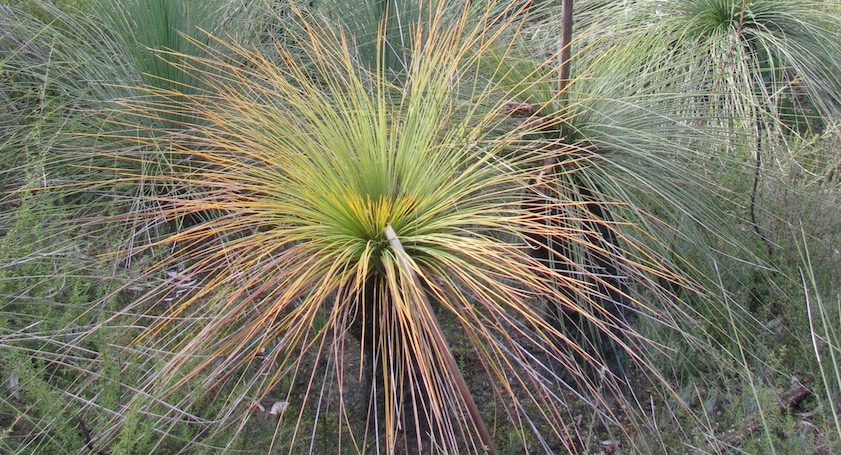Dieback or root rot by cinnamon fungus (Phytophthora cinnamomi) affects many ecosystems in Australia and is listed nationally as a key threatening process under the Environment Protection and Biodiversity Conservation Act.
Dieback caused by cinnamon fungus can have a severe impact on vegetation and fauna communities in Australia. These effects include declines in species richness (the number of species) and species’ populations (numbers of individuals), decreases in vegetation cover and structure and degradation of fauna habitats. It can change entire communities by removing susceptible species. It currently threatens several plant species with extinction. Dieback typically occurs in heathlands, open forest, woodlands and in some cases rainforest. This includes, but is not limited to many individuals in the Fabaceae, Epacridaceae, Proteaceae and Myrtaceae families (e.g.: peas, heaths, banksias and eucalypts).
The earliest reports of the impacts of cinnamon fungus in Australia date back to the 1880s when pineapple crops were impacted in Queensland. The effects on native vegetation were first recorded in 1948, in New South Wales.

Michele uses a bucket of Phytoclean solution to clean her shoes after fieldwork. Photo: Annette Muir.
Cinnamon fungus is one of the world’s 100 most devastating invading species (IUCN Species Survival Commission). The organism is classed as a soil-borne water mould (Class Oomycetes) and is thought to have originated from tropical areas in southeast Asia. It has spread worldwide and is described as an aggressive pathogen of many plant species. It can affect plants in native forests, plantations, farms, nurseries, home gardens and food production.
Dieback can be more common in southern regions of Australia, where the higher rainfall periods in spring and autumn encourage pathogen spread and infection. Plant stress then occurs during the hot, dry summers, leading to plant death. Cinnamon fungus affects the water uptake and glucose metabolism of a plant, and death can occur within two weeks of infection.
The disease impacts many different environments and several states have information available to the public, via the sites of organizations like Parks Tasmania, Parks Victoria, the Department of Parks and Wildlife WA and the Office of Environment and Heritage NSW.
Although the fungus can spread by natural methods (e.g.: water movement), it is spread faster and further by humans. A major source of the spread of the disease is via soil adhering to vehicles, machinery, tools and footwear for which adequate decontamination procedures have not been taken.
So what can bushwalkers do to limit the spread of this pathogen? It is good practice cleaning all your camping equipment of soil after each trip. This includes clothing (especially boots and gaiters), packs, walking poles, tent pegs, tent floors, off-road bikes and car tyres. You can spray surfaces with 70 per cent methylated spirits diluted with water. A dilution of bleach (sodium hypochlorite) can also be used.
Specific products have been formulated for treating equipment in commercial and professional applications. One such product is phytoclean, which has been used in the Forestry and Agricultural industries in Australia now for 10 years to kill the fungus. Phytoclean is the only hard surface disinfectant that is registered for the control of cinnamon fungus. Phytoclean is also an effective antimicrobial for general use as a fungicide and antibacterial agent and is able to treat the chytrid fungus, which is responsible for amphibian decline.
Some National Park agencies encourage visitors to clean their boots and provide wash down stations, such as can be found on Lord Howe Island.
One of the main ways that bushwalkers can prevent the spread of the fungus is by staying on formed tracks in areas affected by dieback. Some National Parks will have signs alerting visitors to the prevalence of the disease and visitors are urged to heed these and resist the temptation to wander off track.



